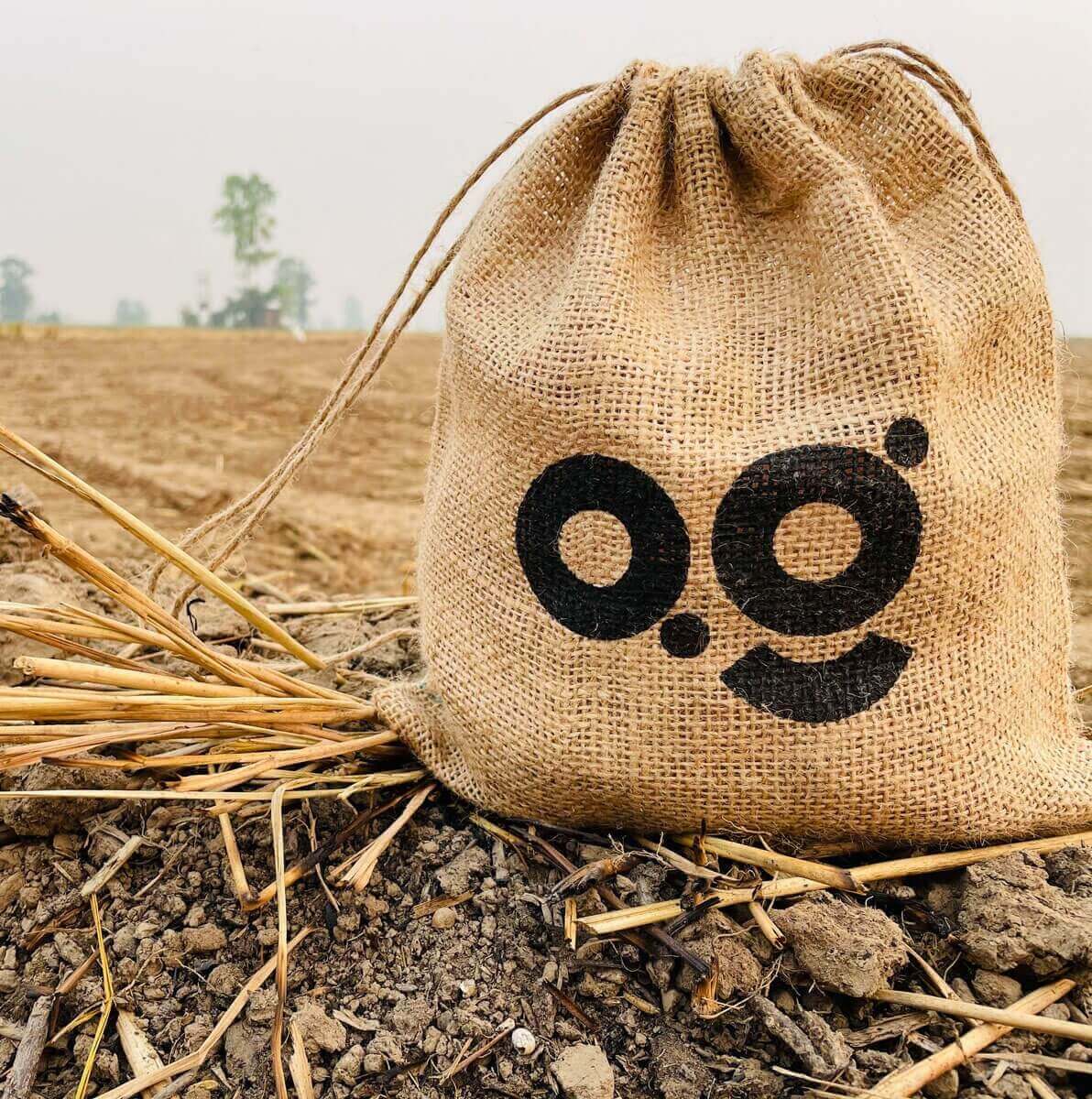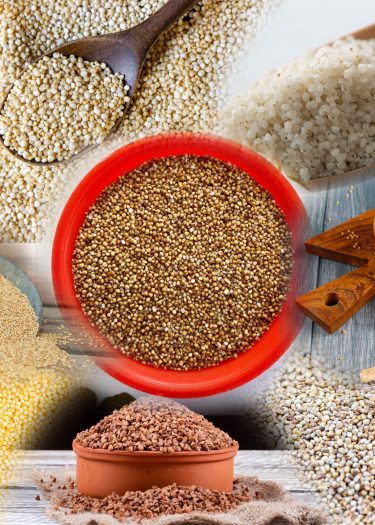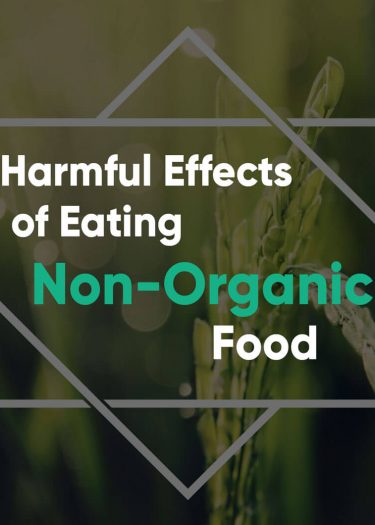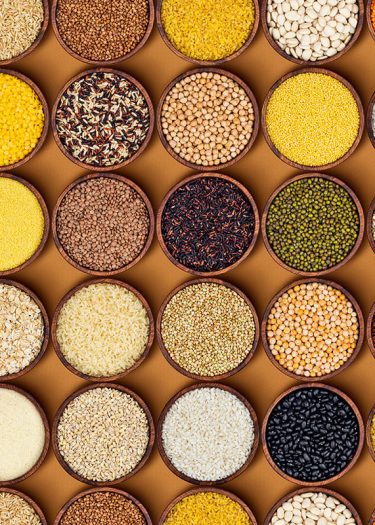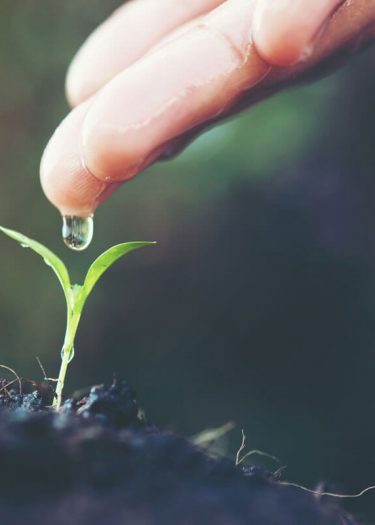Talking about the Jute, it is one of the most important natural fiber cash crops of Eastern India. It is a hot and humid environment crop that is exported as both products and raw Jute fiber. Jute is in high demand in India because of its low cost, softness, strength, Less carbon Footprint, luster, and consistency of fiber. The Ganga delta area of India is ideal for jute production due to its fertile alluvial soil, suitable temperature, and enough rainfall. India and Bangladesh are the world’s largest jute producers.
Jute, often known as The Golden Fiber, is a natural fiber with a golden and silky sheen. It is the most affordable vegetable fiber derived from the bast or skin of the plant’s stem and the second most significant vegetable fiber after cotton in terms of usage, worldwide consumption, production, and availability. It has high tensile strength, low extensibility, and ensures that textiles breathe better.
Jute is used to make a wide range of products, including gunny bags, carpets, ropes, hessian, upholstery, rugs and clothing, tarpaulins, strings, carpets, and decorative items. Here you will get to know all about jute cultivation and history, advantages, and process. Let’s get started.
History of Jute Cultivation in India
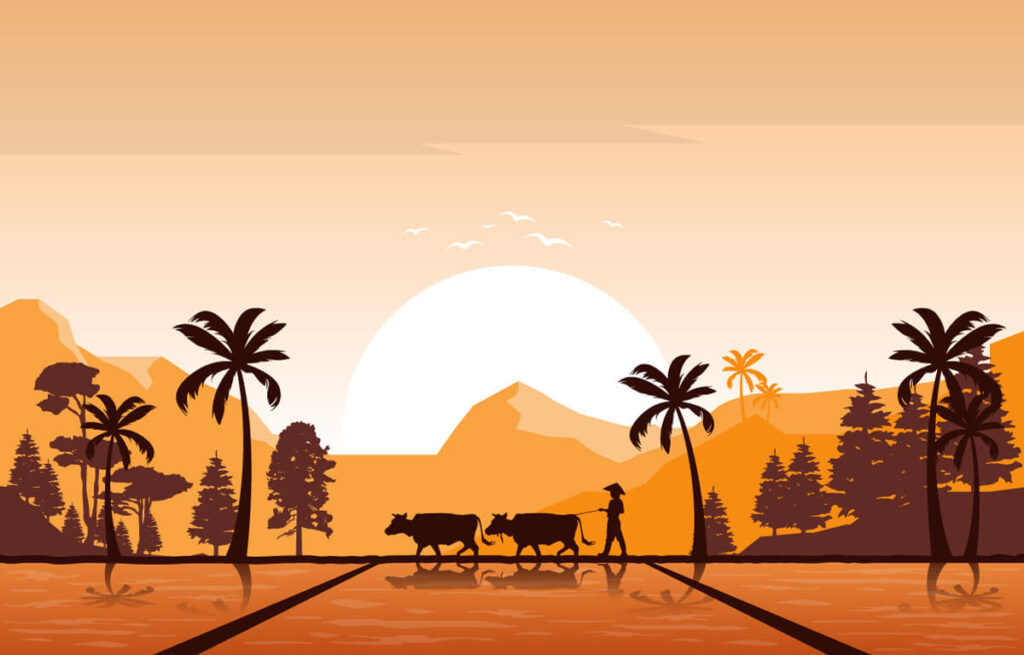
To begin with the History of jute in India, let’s go back to the time when it was first established in India. Margaret Donnelly was a jute mill proprietor in Dundee at the turn of the 20th century who had established India’s first jute mill. The East India Company exported the first cargo of jute in 1793.
Jute fiber is a raw material used in one of India’s oldest industries. The primary jute growing areas were primarily in Bengal, particularly on the Kolkata side. Mr. George Acland brought jute spinning gear from Dundee and constructed the first jute mill in Rishra, on the Hooghly River near Calcutta, in 1855. The first power-driven weaving facility was established four years later. The jute business advanced dramatically in the latter half of the nineteenth century.
Bangladesh (East Pakistan) has the best jute stock after splitting in 1947. After that, there was an impact on the Jute economy of deltaic Bengal. The larger Jute growing land and mills were undivided in Calcutta, India. As a result, during Partition, Bengal’s jute business faced fragmentation. India and Pakistan continued to negotiate numerous transactions involving raw jute and jute products over the Radcliffe Line. But it wasn’t until September 1949 that the world of jute felt the full force of Partition.
Soon after Partition, a “Grow More Jute Campaign” was initiated. According to data supplied by West Bengal’s agriculture department, 243,000 acres of paddy land were converted to jute between 1950 and 1952. Similarly, attempts were launched in East Pakistan to create a self-sufficient jute sector. Within a few months of partition, new baling presses were ordered. During the devaluation crisis, jute emerged as the subject of increasingly severe government involvement in East Pakistan.
Jute Cultivation location in India

According to 2017-18 estimates, India has become one of the world’s major jute producers. For 2017-18, the country’s jute production is expected to be about 1.01 crore bales. Here, you can check out the top locations of Jute farming and productions.
- West Bengal
In India, West Bengal has the largest jute industry and hence ranks top in terms of jute business and earnings. Jute is one of the primary cash crops cultivated and spans around 5.25 lakh hectares of land and accounts for almost three-fourths of the country’s total production. West Bengal topped the list of jute producing states in 2017-18, with 76.4 lakh bales of jute production. The state alone produces more than 75 percent of the country’s jute. Jute is grown in large areas of the lower Ganges plains, particularly in the districts of Midnapur, Bardhaman, 24 Parganas, Malda, Murshidabad, and others.
- Assam
Assam has numerous cities that are mostly focused on the jute business. Some examples are Nowgong, Darrang, Goalpara, Tezpur, and others. According to 2017-18 estimates, the state produced 8.6 lakh bales of jute.
- Bihar
Bihar is one of India’s biggest jute producers. The state provided 12.8 lakh bales from its 1.04 lakh hectares of land.
- Andhra Pradesh
Andhra Pradesh ranks fourth in India in terms of jute output. According to 2017-18 data, the state produced 47.2 thousand bales of jute on its 5 thousand hectares of land. The circumstances in the state are ideal for jute farming.
- Odisha
Odisha has 7.21 thousand hectares of land dedicated exclusively to jute farming. Every year, the state grows 44.2 thousand bales of average jute. As a result, the state ranks fifth among Indian states in terms of jute output.
The overall position of India in the world
India is the world’s leading jute producer, with an annual output of more than 1.968 million tons. India is a developed country in the world; their jute production method is amazing, and they produce such items utilizing technology. To fulfill global demand, India exports 50% of its jute goods, with key jute producing regions in the nation being West Bengal, Bihar, Uttar Pradesh, Meghalaya, Assam, and Orissa.
The situation of the Jute industry in India
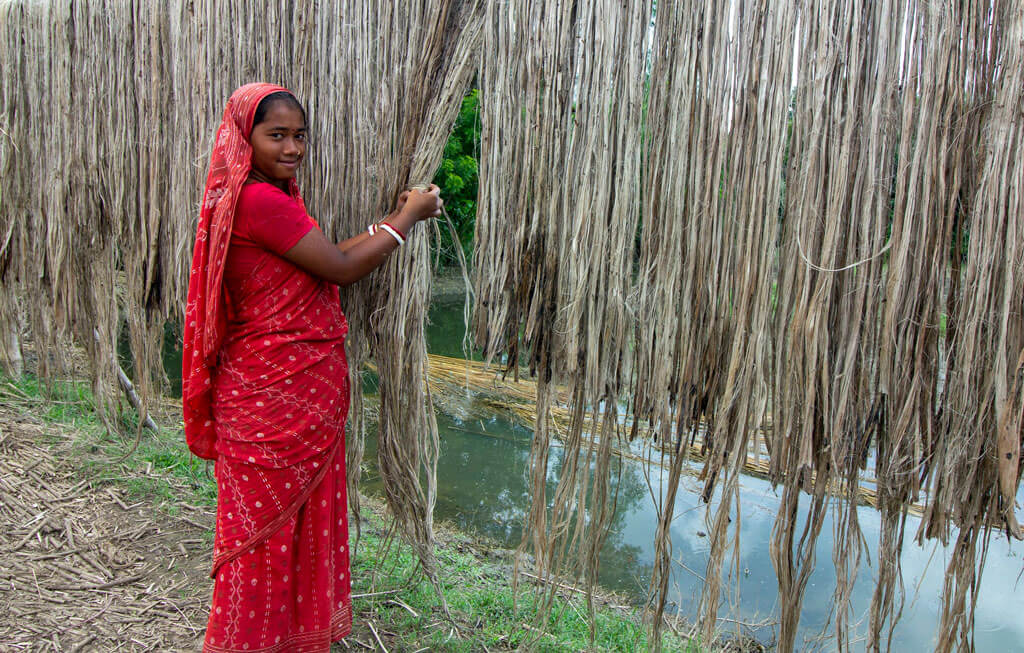
The crop is planted in India between March and May and harvested between July and September. It is mostly grown in West Bengal, Assam, and Bihar, which contribute to 90% of the total planted area. The remaining 10% is contributed by the states of Orissa, Uttar Pradesh, and Tripura.
Despite increased jute producing area and intensity of farming, India is not self-sufficient in raw material supply. Raw materials are imported from Bangladesh, Brazil, and the Philippines to fulfill the industry’s rising demand. Bangladesh, Brazil, Japan, the Philippines, and South Korea are all giving tough competition to India. In the worldwide market, the total demand for jute goods is rapidly declining.
Steps and process of Jute cultivation
You can check the simple steps and process of Jute cultivation in India and how it is done with proper climate and the required soil type.
- Jute plant demand a hot and humid atmosphere with temperature fluctuations ranging from 24°C to 37°C. However, the ideal temperature is approximately 34 degrees Celsius.
- Waterlogging is not recommended during the seedling stage. Jute crop grow best when there is a mix of sunny and wet days.
- The ideal soil for jute production is fresh grey alluvial soil of good depth that receives silt from annual floods.
- Jute is typically seeded in February on the lowlands and March-May on the highlands.
- Jute plants are cut to the ground and knotted together in bundles.
- Following that, sheaves of jute stocks are submerged in floodwater, ponds, or stagnant water for around 2 – 3 weeks to ret. Retting is used to remove the fibers first. Bundling jute stems together and soaking them in low, flowing water is the retting procedure. There are two kinds of retting: stem retting and ribbon retting. Stripping follows the retting procedure.
- Then there’s the scrubbing, rinsing, washing, and cleaning. The fiber is then sun-dried and pressed into bundles.
- This entire process must be carried out by hand.
Advantages of Jute cultivation
Here, you can see some of the advantages of Jute cultivation in India.
- Jute cloth is the greatest choice for preventing hazardous waste. Jute bags are being used to replace plastic bags to protect the environment from pollution.
- Jute farming needs less amount of land. A hectare of jute farming may generate far more jute fiber than a hectare of cotton production.
- Jute is mostly grown in underdeveloped parts of India and Bangladesh near the Bay of Bengal coast, which will promote employment and development in underdeveloped rural and distant areas.
- When compared to cotton, jute crops require less fertilizer, herbicide, and pesticide.
- After harvesting a jute crop, the leaves and roots of the jute plant stay in the field and can create the soil and enhance its texture that make the land more fertile.
Conclusion
The important information provided above will be a great help when you want to know more about the history and Jute cultivation in India. Not only does India produce most of the jute, but it is also the leading maker and exporter of jute products. The use of jute should be expanded. India must improve quality by implementing new technology. Through extensive modernization, the government must invest in R&D to enhance the jute sector and apply newer technology, diverse goods, and improved machinery. Because of their eco-friendliness, they will generate more profit and faceless market rivalry in the approaching days.
